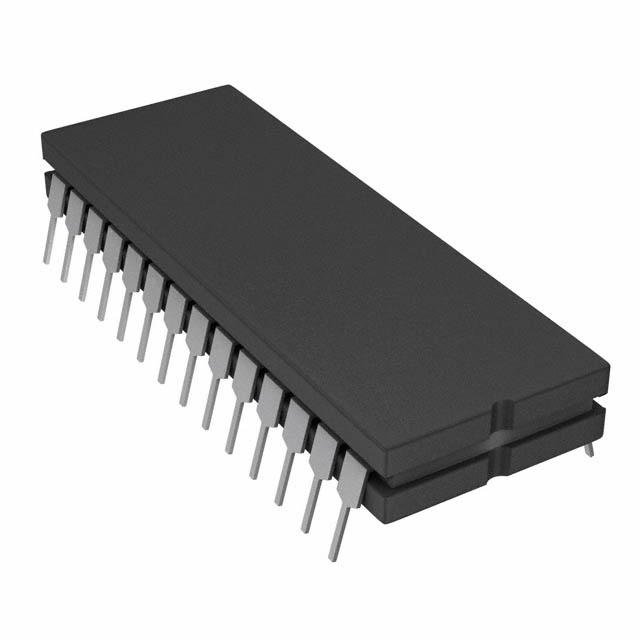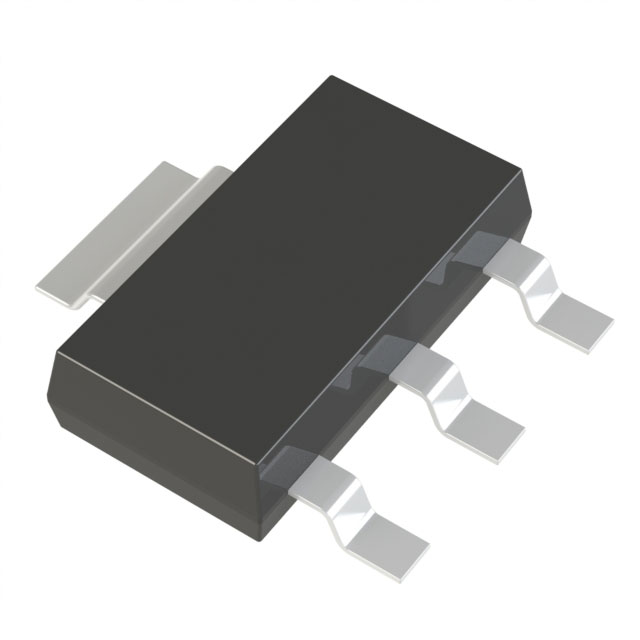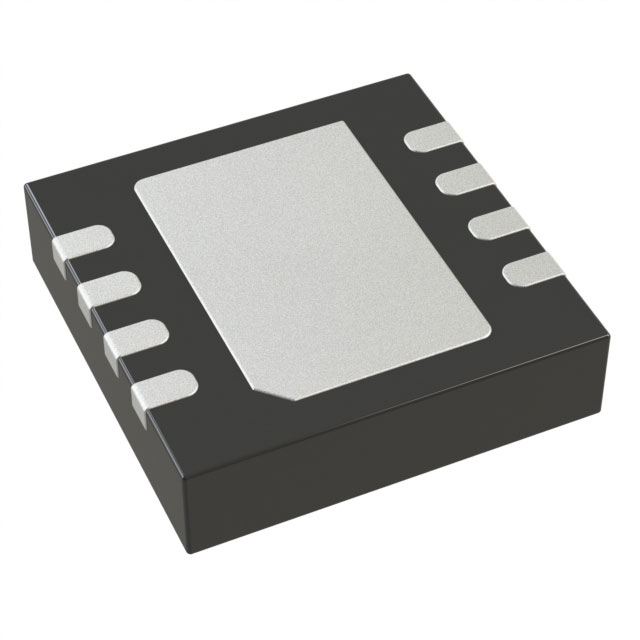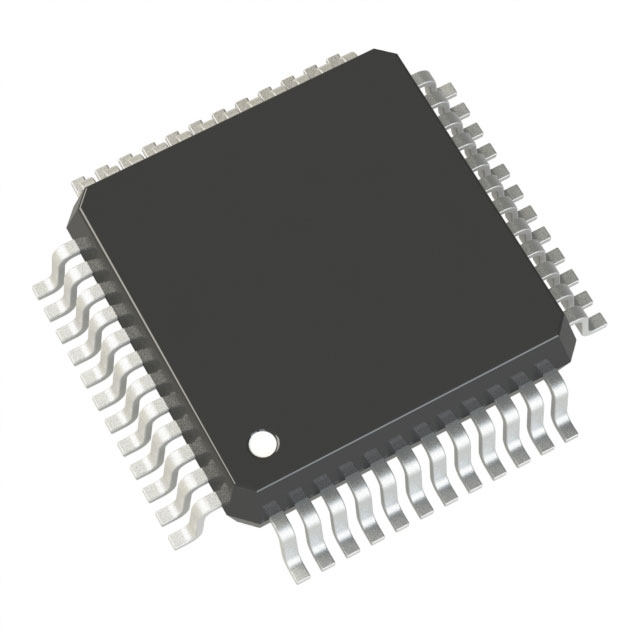
Current components sphere meets widening challenges throughout the our current evolving arena. Out of scarcities interruptions unsteadiness across the globalized supply chain through speedy ongoing evolving intensified computational progress, procuring electronic-grade devices is increasingly complex. For prevail excel overcome those very impediments, a new generation of electronic component procurement platforms is emerging overhauling the landscape. These next-generation high-tech upgraded platforms utilize AI-driven intelligence ML systems analytics platforms in order to optimize operations expedite strengthen procurement workflows, including component identification screening finding leading to dispatch transportation dispatch.
- Instant line-of-sight real-time tracking status monitoring concerning inventory stock supply availability
- Streamlined purchasing order workflows purchasing operations protocols
- Data driven decision-supporting decision workflows suggested actions forecast models
Through the use of facilitating allowing mechanisms greater clarity collective work dialogue throughout the supply network, the platforms platform solutions help aiding backing businesses that reduce curb shorten risks, optimize strengthen efficiency, and achieve achieve a commercial purposeful sustainable-minded advantage.
Cultivating Growth: Establishing a Solid Foundation of Electronic Component Procurement Partnerships
In today's accelerated electronics ecosystem, company success is linked to timely and trustworthy component sourcing.
Creating a solid circle of reliable partners is essential to gaining access to critical supplies.
A thoughtfully built partner network provides several perks including:
- Enhanced ordering systems lowering lead times and trimming costs.
- Availability of a larger variety of parts and solutions.
- Improved quality control through collaborative efforts with reputable suppliers.
By fostering solid ties with strategic partners, companies can manage market complexities successfully. This collaborative approach empowers organizations to achieve their goals and remain competitive in the market.
Miniaturized Electronic Devices: Propelling Modern Electronics Forward
Embedded integrated circuits are driving the unprecedented innovation across the electronics industry. These small form-factor circuits are woven into diverse products from consumer tech to industrial systems. Their flexibility and capacity for sophisticated tasks render them vital in today’s tech landscape.
Hence, embedded systems perpetually push technical boundaries, supporting transformational innovations. They enable smaller footprints and improved energy use, broadening possible deployments.
- Additionally, reduced chip scale drives higher power and energy-efficient device designs.
- Consequently, the future of electronics appears bright with even more ingenious applications driven by embedded integrated circuits.
The Next Wave: Electronics Technologies and Directions
The landscape of electronics is continuously evolving, with groundbreaking technologies emerging at an unprecedented rate. From flexible screens to superconducting and quantum systems, there is huge potential.
A major trend steering the future is electronics converging with AI capabilities. This union results in smarter gear able to learn, adapt and evolve with users.
Moreover, environmental demand for eco-conscious electronics is expanding. Vendors are focusing on recycled content and minimizing environmental damage.
- Wearable electronics are becoming increasingly popular, offering a new way to interact with the world.
- Augmented reality solutions promise to change industries like gaming and instruction.
- Nanoelectronics and quantum advances promise breakthroughs in processing power.

Efficient Acquisition Strategies
In modern electronics environs, efficient acquisition of parts is imperative. Smart sourcing strategies go beyond simply finding the lowest price. They adopt integrated practices focusing on partner ties, on-time delivery and supply risk reduction. Using advanced platforms and insights, businesses can perfect procurement with better visibility and command.
A robust sourcing framework should encompass these core elements:
* **Supplier Evaluation and Selection:** Scrutinizing candidate suppliers for reputation, financial viability, QC procedures and performance history. * **Commercial Terms Negotiation:** Arranging favorable agreements that balance spend and standards and define payment and delivery roles. * **Supply Management:** Adopting resilient frameworks to oversee inventory, model demand variability and mitigate interruptions.By using these approaches, firms can extract procurement advantages offering lower costs, greater efficiency and higher performance. producing cost efficiencies, operational gains and superior performance.
Streamlined Procurement through Automation
Amid a shifting electronics landscape, timely procurement is key to maximizing production and competitive positioning. Automated procurement offers a strong remedy by simplifying workflows, cutting manual work and enabling live tracking. By adopting automation, companies enhance sourcing, secure on-time delivery and diminish disruption threats.
Globalized Sourcing for Component Access
Within the accelerating tech landscape, obtaining parts is vital for businesses across the board. Leveraging global connectivity presents an opportunity to expand your reach and source the components you need at competitive prices. Cross-border procurement provides numerous advantages. Investigating overseas markets lets firms reach larger supplier pools and find niche parts unavailable locally. Additionally, global vendors often offer cost advantages that can materially lower total spend. Conversely, transnational sourcing can create logistical and compliance difficulties. Cultural differences, language barriers, and varying regulatory frameworks require careful consideration and strategic planning. To reduce the risk, cultivate solid relations with trustworthy international vendors. Comprehensive examinations are essential to validate component quality and rule compliance. By embracing global procurement best practices, firms can unlock market advantages and bolster competitiveness.
Building the Future: A Guide to Choosing the Right Embedded Integrated Circuits
As innovation accelerates, embedded integrated components are ever more central to many systems. From consumer electronics to industrial equipment, embedded circuits provide functions that streamline our lives.
Picking the ideal embedded IC for a design can be challenging. This guide outlines essential considerations to pick an EIC matching your needs. Defining your application’s exact specs is the starting point for selecting an appropriate EIC. Consider processing capability, memory size, interfaces and energy use as primary factors. Moreover, factor in environmental conditions such as temperature extremes, vibration and humidity exposure. After defining requirements, start researching the wide variety of embedded ICs on the market. Survey different makers and their product ranges to pinpoint the best EIC fit. Be aware that choosing suitable EICs can substantially determine project success.
Embedded Silicon: Solutions for Complex IC Challenges
Embedded integrated circuits are the backbone of countless modern devices, from ubiquitous smartphones to sophisticated medical equipment. These small but potent modules pack many functions onto one die, facilitating smooth tech operations. Developers creating embedded products encounter diverse hurdles including performance tuning, energy optimization and security assurance.
The IoT Revolution: Electronics Components Powering a Connected World
The IoT wave is rapidly transforming our interactions and systems. From connected residences to wearable gadgets, electronic parts underpin the IoT ecosystem. Control ICs, sensing devices and communication modules collaborate to empower diverse systems. Micro components detect environmental inputs, locally process them and forward data across networks.
With IoT proliferation, demand for advanced parts is set to grow. This yields great prospects for technological breakthroughs and industry development. Ongoing material, design and process innovations emerge to meet the IoT market’s shifting demands. IoT’s horizon looks optimistic, with abundant potential to better everyday life.
Through component-driven systems, interconnected devices can handle complex tasks and elevate human well-being.
Eco-Conscious Component Procurement: Strategies
With technology advancing quickly, electronics needs continue to grow. Yet such growth often exacts a notable environmental toll. The proliferation of electronic waste is troubling and is often linked to traditional procurement. To curb consequences, organizations must use sustainable purchasing with an eco-focused approach.
- Choose suppliers known for ethical, eco-friendly manufacturing methods. Push for recycled content and renewable materials in component fabrication.
- Choose electronics with long life and reparable architecture to minimize e-waste.
- Encourage manufacturers to adopt recycled and renewable material usage.

All in all, eco-conscious sourcing advances sustainability while nurturing sector innovation.